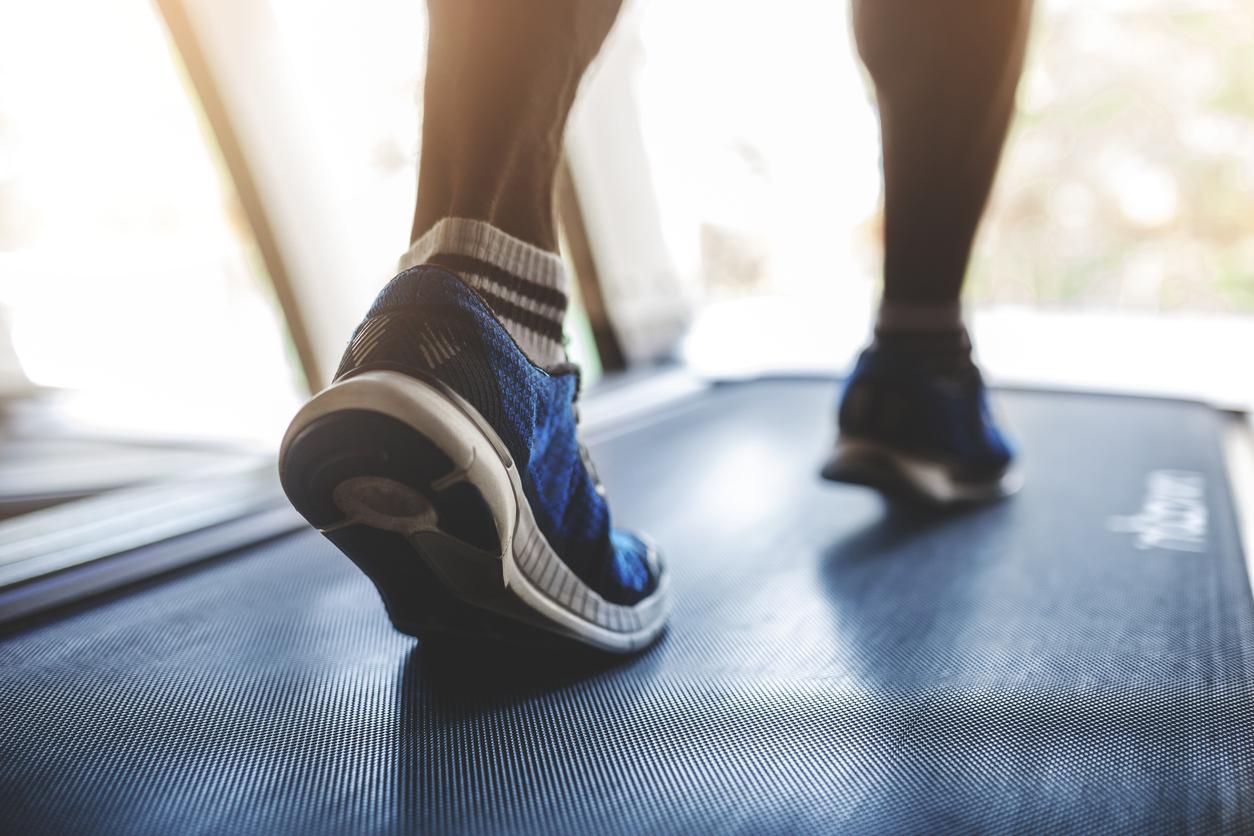While working or hanging out at home, getting up every half hour can improve insulin sensitivity and reduce the risk of developing metabolic syndrome.

- Doing just three minutes of exercise every 30 minutes results in a small improvement in blood sugar and blood sugar fluctuations.
- For longer term benefits, more exercise is necessary.
The metabolic syndrome, or belly syndrome, is linked to the presence excess fat inside the belly, called visceral fat, and low levels of good cholesterol. This syndrome is a group of conditions that can lead to heart disease, diabetes, stroke, and other health problems. To counter these harms, Swedish researchers from the Karolinska Institute in Stockholm suggest, in a study published on July 27 in theAmerican Journal of Physiology-Endocrinology and Metabolism that getting out of your chair every half hour can help improve blood sugar and overall health.
Getting up for 3 minutes every 30 minutes offers immediate effects
Teleworking, boosted by the health crisis, promotes a sedentary lifestyle. This lack of physical activity linked to sitting still is not good for your health. The authors of the new study estimate that every hour spent sitting or lying increases the risk of metabolic syndrome and type 2 diabetes.”Breaking a sedentary lifestyle has positive metabolic benefits in free-living humans, so it’s beneficial not to sit all day – get up and move”, assures Dr. Erik Naslund, professor in the department of clinical sciences at the Karolinska Institute.
The study reveals that practicing just three minutes of exercise every 30 minutes leads to a small improvement in blood sugar and blood sugar fluctuations. “We saw no impact on longer-term markers of metabolic health, such as glucose tolerance”, tempers Erik Naslund. The latter suggests that more breaks during sitting periods are needed. “For greater benefits, most likely, a greater dose of exercise is needed.“, he pleads.
More activity needed for long term effects
The researchers followed for three weeks a group of 16 obese adults leading a sedentary lifestyle or who have a job where they sit all day. For 10 hours a day, a fitness tracker sent a signal every 30 minutes telling each participant to get up and move. During these three-minute activity periods, the volunteers engaged in low-to-moderate intensity activity, such as walking or climbing stairs. The researchers compared those who were active with a group that did not take activity breaks.
People in the active group had lower bad cholesterol levels and lower blood sugar levels than the inactive group. They also had fewer spikes and dips in their blood sugar, which may be the result of improved blood flow. “Activity breaks, however, did not improve overall glucose tolerance or muscle fat, and may not be sufficient to significantly improve glucose tolerance.”, noted the researchers.
“Every calorie you don’t burn because you sit all day is a calorie you don’t burn, muscle you don’t use, circulation you don’t use.concludes Dr. Len Horovitz, who works at Lenox Hill Hospital in New York and who commented on the study. If you stop moving, you freeze, which has all kinds of consequences, including on your muscles, joints, circulation and blood sugar.crumb.”
.















